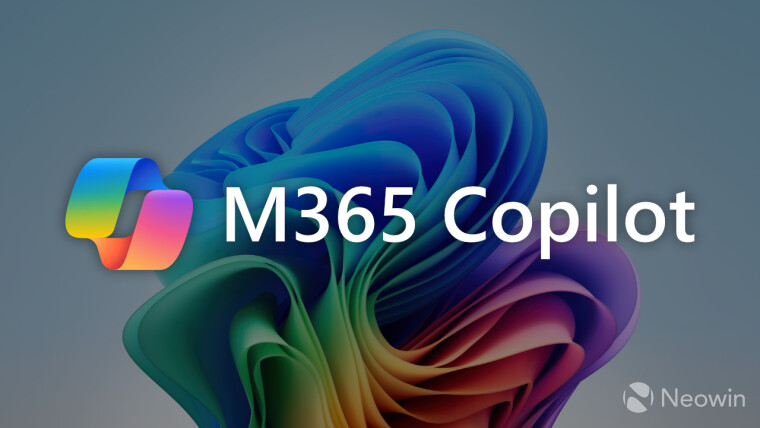Microsoft 365 Copilot, the tech giant’s advanced AI-driven tool, has broadened its linguistic capabilities by adding six new languages. This update brings the total number of supported languages to 48, marking a significant milestone in the software’s global usability. The newly added languages include Albanian, Filipino, Icelandic, Malay, Maltese, and the Cyrillic variant of Serbian, complementing the previously supported Latin script.
The inclusion of Filipino and Malay is particularly noteworthy, as it stands to benefit hundreds of millions of native speakers. While most Copilot features are immediately available in these languages, Microsoft has indicated that OneDrive and Loop integration will be gradually rolled out, with full implementation expected by the end of the third quarter of 2025.
Expanding Global Usability
This latest update underscores Microsoft’s commitment to enhancing accessibility and efficiency for businesses worldwide. By supporting both Cyrillic and Latin scripts for Serbian, Microsoft demonstrates a nuanced understanding of regional language needs, catering to areas where dual script usage is prevalent. The move not only reflects attention to detail but also a broader strategy to embrace linguistic diversity.
According to Microsoft, the expansion of language support is part of a larger initiative to harness AI developments for increased business efficiency. The company has not disclosed which languages will be added next, but the ongoing expansion suggests a focus on inclusivity and global reach.
Impact on Business and Technology
With the ability to draft documents, analyze data, and generate presentations in a user’s native language, Microsoft 365 Copilot is poised to revolutionize workplace productivity. The addition of new languages means that more users can leverage AI tools without language barriers, potentially transforming business operations in non-English speaking regions.
“The addition of Filipino and Malay alone will benefit hundreds of millions of people,” Microsoft noted, highlighting the potential impact on Southeast Asian markets.
Industry experts view this development as a strategic move to capture a larger share of the global market. By providing comprehensive language support, Microsoft not only enhances user experience but also positions itself as a leader in AI-driven business solutions.
Historical Context and Future Directions
Historically, technology companies have focused on major languages to maximize reach. However, the growing emphasis on regional languages reflects a shift towards more personalized and inclusive technology solutions. This trend is evident in Microsoft’s ongoing efforts to expand its language offerings, aligning with broader industry patterns.
As Microsoft continues to roll out language updates, the tech community is keenly observing which languages will be prioritized next. The company’s commitment to expanding language support signals a future where technology adapts to the linguistic diversity of its users, rather than the other way around.
Challenges and Opportunities
While the expansion presents numerous opportunities, it also poses challenges. Ensuring accurate and culturally sensitive translations requires significant resources and expertise. Moreover, integrating new languages into existing systems can be complex, particularly for AI-driven tools that rely on nuanced language understanding.
Despite these challenges, the benefits of expanded language support are clear. Businesses can tap into new markets, improve communication with diverse customer bases, and enhance employee productivity through more intuitive tools.
According to Microsoft, “users who attempt to enter prompts in an unsupported language will receive an error message,” emphasizing the importance of using supported languages for optimal functionality.
Conclusion and Next Steps
As Microsoft 365 Copilot continues to evolve, the tech giant remains committed to breaking down language barriers and fostering a more inclusive digital environment. The recent language additions mark a significant step forward, with more updates anticipated in the coming months.
For users and businesses alike, the expanded language support represents an opportunity to fully harness the power of AI in their native tongues. As the digital landscape continues to evolve, Microsoft’s proactive approach to language inclusivity sets a precedent for the industry, paving the way for a more connected and accessible future.
